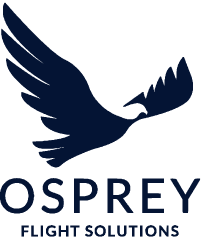
Investing in a risk management platform is a significant decision, particularly in the aviation industry, where budget considerations are always top of mind. However, the right platform can offer substantial returns on investment by improving efficiency, reducing risks, and ensuring compliance. Here’s how to build a cost justification case for adopting a risk management platform like Osprey Risk Manager.
1. Quantify the Costs of Current Processes
Start by analysing the costs associated with your current risk management processes. Consider factors such as the time spent on manual data entry, the resources required for data consolidation, and the potential costs of errors or delays. These costs can add up quickly, particularly in a high-stakes environment like aviation.
2. Highlight the Financial Risks of Ineffective Risk Management
The financial risks of inadequate risk management can be substantial, including fines for non-compliance, the costs of incident response, and the potential for reputational damage. Quantify these risks to demonstrate the potential cost savings of implementing a more effective risk management platform.
3. Calculate the ROI of Automation
Automation is one of the key benefits of a risk management platform. By automating manual processes, such as data collection, analysis, and reporting, your organisation can significantly reduce labour costs and improve efficiency. Calculate the potential return on investment (ROI) by comparing the costs of the platform to the savings generated by automation.
4. Emphasize the Value of Compliance
Compliance with industry standards and regulations is not optional in aviation—it’s a necessity. The costs of non-compliance can be severe, including fines, legal penalties, and loss of business. A risk management platform that supports compliance, like Osprey Risk Manager, can help you avoid these costs and ensure that your operations meet all regulatory requirements.
5. Consider the Long-Term Benefits
Finally, consider the long-term benefits of investing in a risk management platform. These benefits include improved decision-making, enhanced operational efficiency, and the ability to proactively manage risks. By focusing on these long-term gains, you can build a compelling case for the investment.
Building a cost justification case for a risk management platform involves demonstrating the tangible and intangible benefits of the investment. By quantifying the costs of current processes, highlighting the financial risks of ineffective risk management, calculating the ROI of automation, emphasizing the value of compliance, and considering the long-term benefits, you can make a strong case for adopting a platform like Osprey Risk Manager. This investment not only enhances your organisation’s risk management capabilities but also contributes to long-term financial stability and operational excellence.








